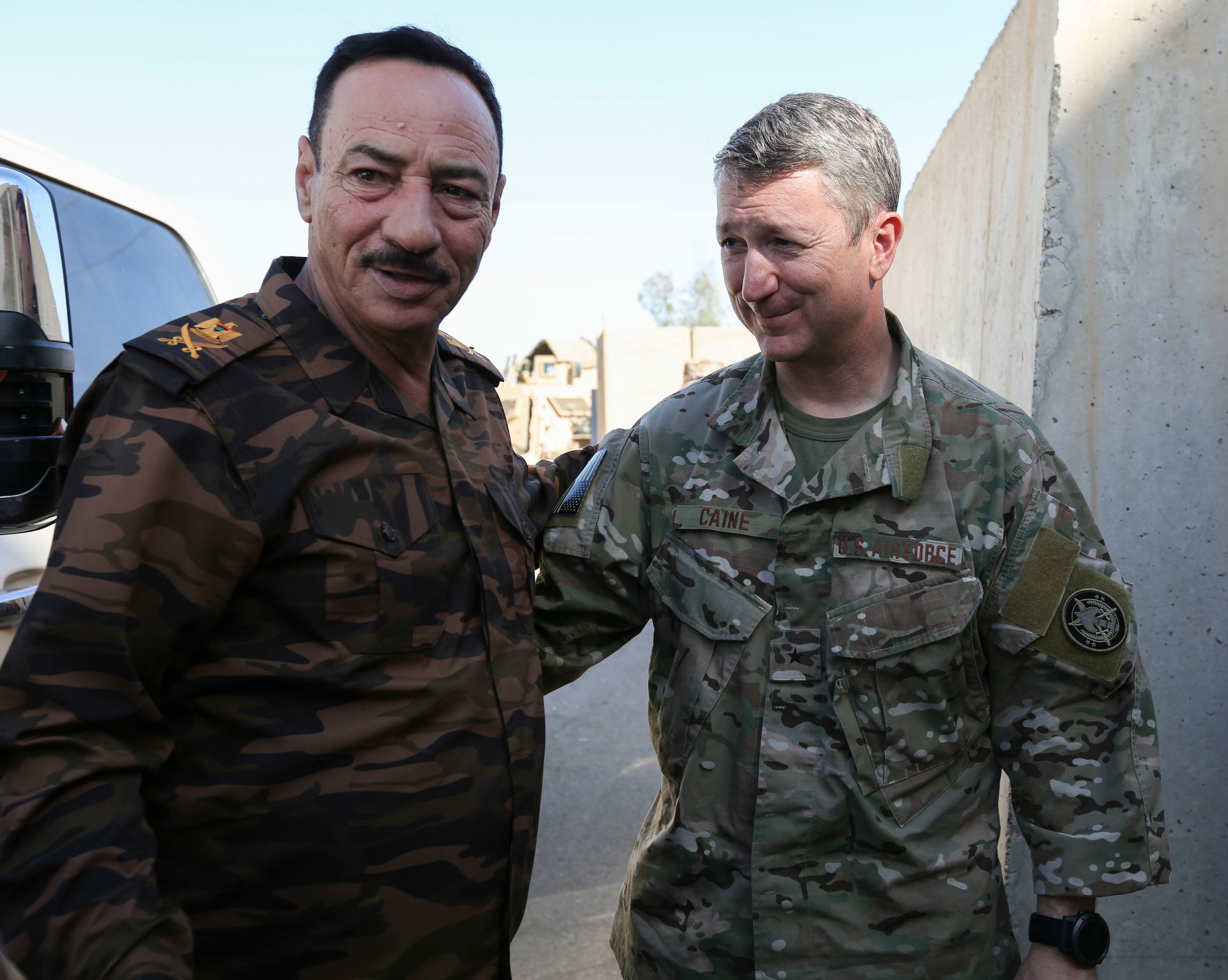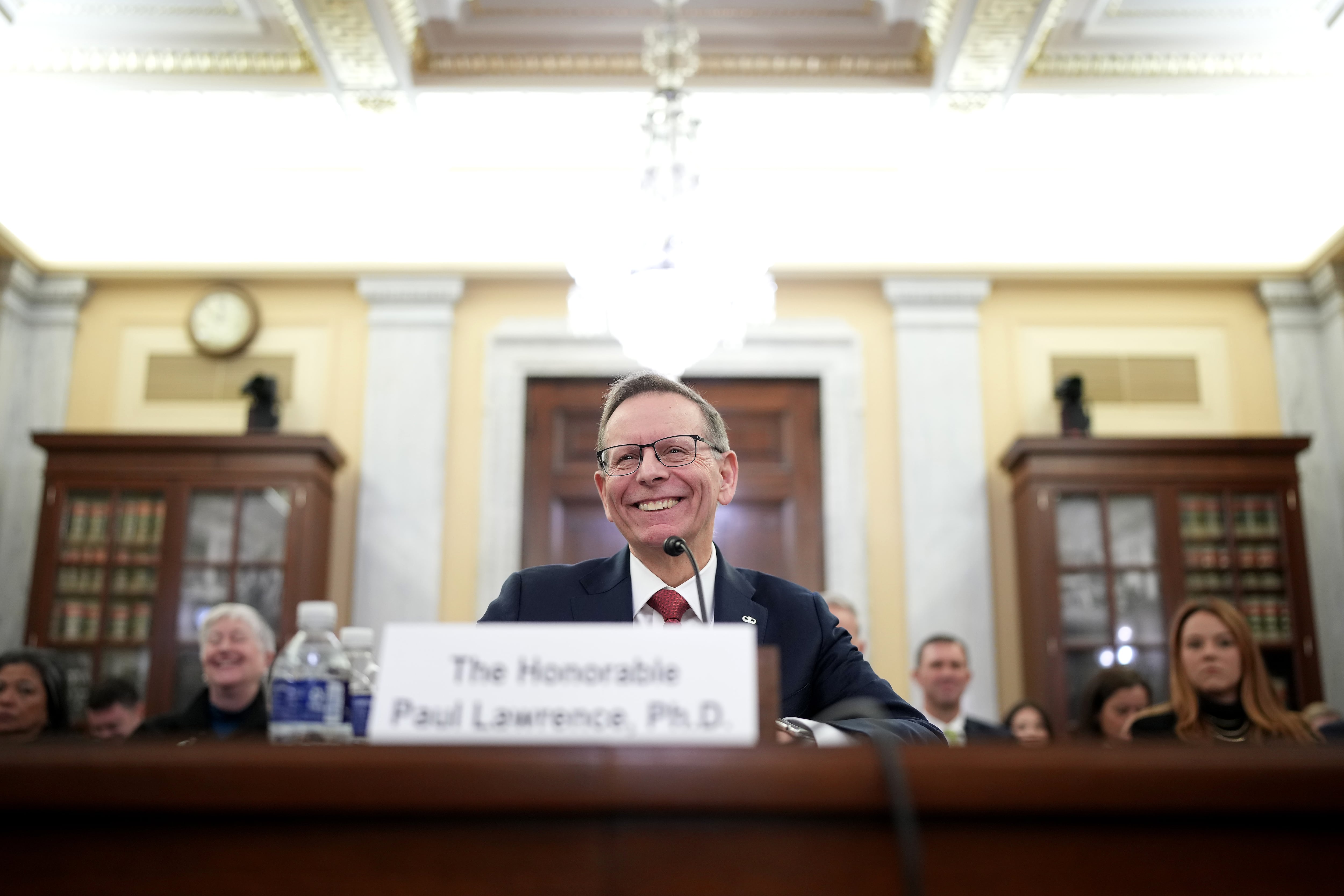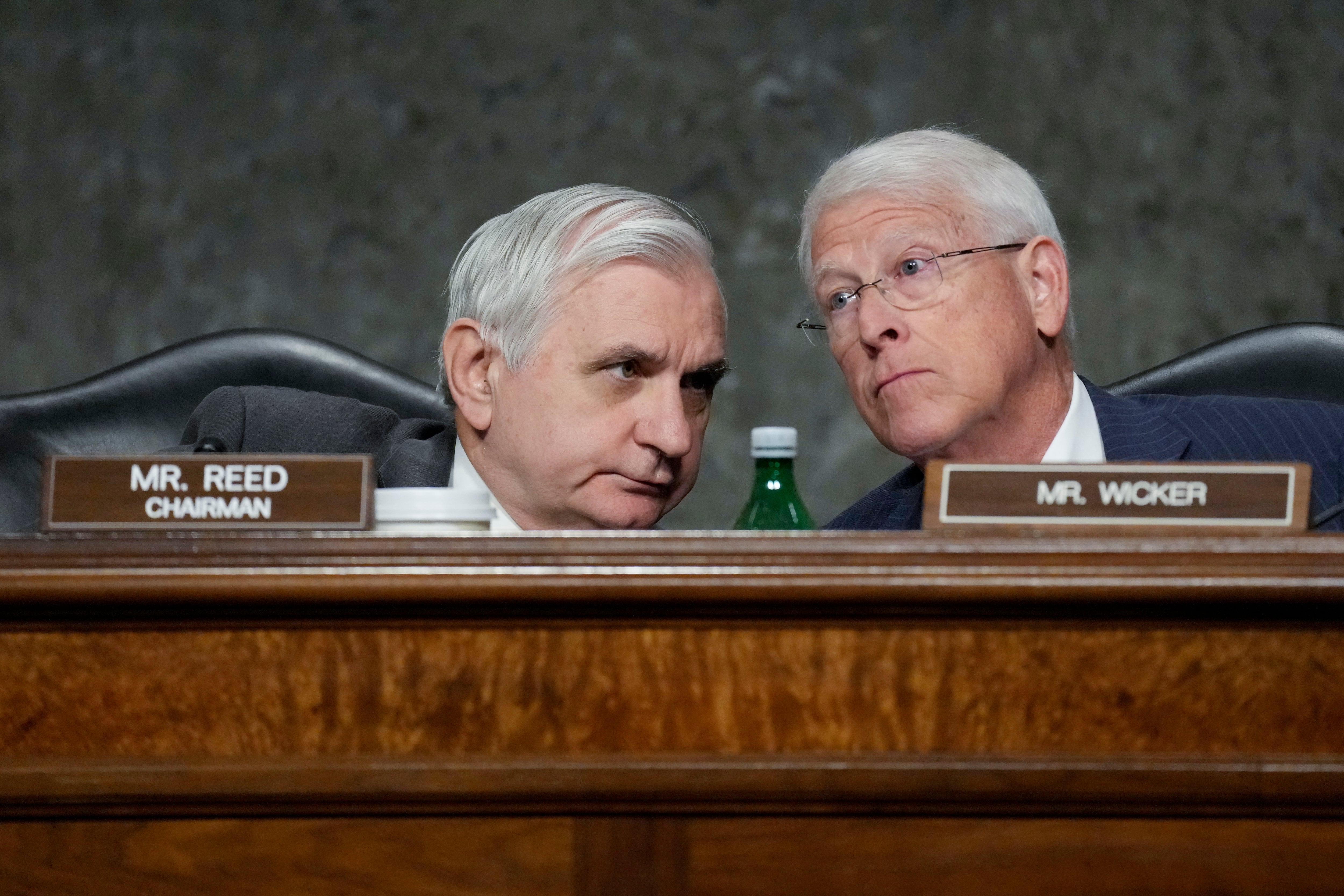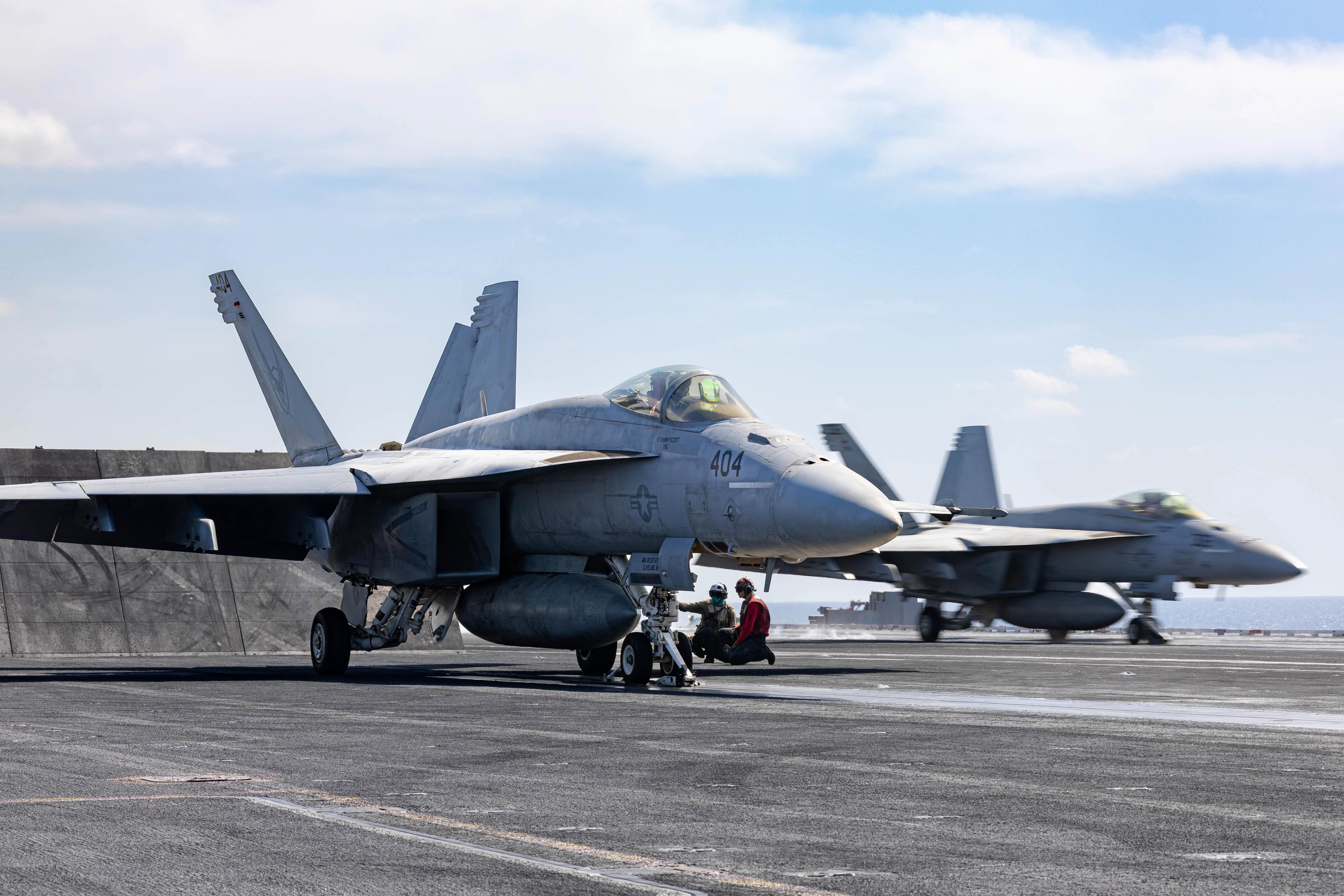The U.S. is ending a restriction on the use of anti-personnel landmines outside of the Korean Peninsula, according to a White House statement Friday.
The White House said it was ending an Obama administration policy because it endangers U.S. troops in a near-peer fight.
“The Department of Defense has determined that restrictions imposed on American forces by the Obama Administration’s policy could place them at a severe disadvantage during a conflict against our adversaries. The President is unwilling to accept this risk to our troops,” the White House announced in a press release.
The White House said the new policy will afford combatant commanders the ability in “exceptional circumstances” to use “advanced, non-persistent landmines specifically designed to reduce unintended harm to civilians and partner forces.”
Victorino Mercado, who is performing the duties of assistant secretary of defense for strategy, plans and capabilities, told reporters Friday that new anti-personnel landmine technology, such as self-deactivating and self-destructing features, now allows the military to both protect the force and mitigate risk to civilians.
“Landmines, including APL [anti-personnel landmines] remain a vital tool in conventional warfare that the United States military cannot responsibly forgo, particularly when faced with substantial and potentially overwhelming enemy forces in the early stages of combat,” Mercado said.
The new policy, he explained, is about rebalancing a “diminishing advantage” where near-peer adversaries could challenge the U.S. on the battlefield.
“We do not allow our forces , our commanders, to employ a capability when they do, and they have thousands,” Mercado said.
Mercado explained that the change in the landmine policy is about addressing the near-peer threat and great power competition. He told reporters that he did not envision them being used in more permissible battlefields like Afghanistan.
“We can create areas for the enemy to avoid,” Mercado said. In one scenario, U.S. troops could be outnumbered and the use of anti-personnel land mines could be an “enormous equalizer to allow more forces to flow in,” Mercado explained.
The use of the anti-personnel landmines must be approved by a four-star commander, with “ultimate plans” being approved by the secretary of defense.
Secretary of Defense Mark Esper told reporters at the Pentagon Friday that landmines are an “important tool” that can reduce risk to forces and “ensure mission success.”
Esper said the new landmine policy was developed under then-Secretary of Defense James Mattis. Mercado explained Mattis’ review of the existing landmine policy kicked off in 2017 and lasted nearly a year.
“This action is yet another in a series of actions taken by the Trump Administration to give our military the flexibility and capability it needs to win,” the White House said in a press release.
U.S. Sen. Patrick Leahy described President Donald Trump’s plan to roll back the land mine policy Friday “as perplexing as it is disappointing, and reflexive, and unwise. As far as I know, Congress was not consulted about this decision, despite requests to be consulted."
On Thurday, the Vermont Senator said the plan was of “great concern,” and he asked for the Pentagon to hold off on a decision until the issue was discussed.
“The current policy, limiting the use of this inherently indiscriminate weapon to the Korean Peninsula, is the culmination of nearly 30 years of incremental steps, taken by both Democratic and Republican administrations after extensive analysis and consultation, toward the growing global consensus that anti-personnel mines should be universally banned," Leahy said in a press release.
“We have also spent billions of dollars clearing landmines and other unexploded ordnance, and we have supported programs in dozens of countries to help people severely disabled by landmines regain their mobility and support themselves and their families,” Leahy said in the release.
Leahy explained Friday that landmines threaten U.S. troops and can impede their mobility on the battlefield.
“This is so even for mines that are designed to self-destruct or deactivate, but are no more able to distinguish a civilian or U.S. soldier from an enemy combatant,” Leahy said.
Mercado explained that commanders are still responsible for the minefields placed under their command.
Commanders are “still required to take some mitigation measures to avoid civilian casualties," he said.
“Reliability of self-destruct and self-deactivate safety features in the current inventory [landmines] is very high: there is only a 6 in 1 million chance of a U.S. landmine being active after a pre-determined period,” Mercado said.
CNN first broke the news that the U.S. was planning to make changes to the landmine policy.
Shawn Snow is the senior reporter for Marine Corps Times and a Marine Corps veteran.









